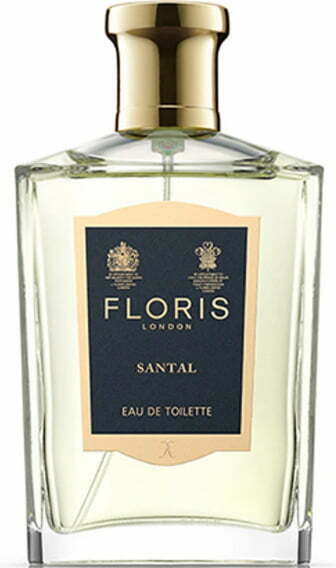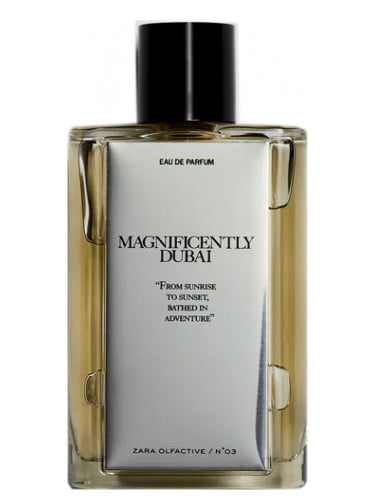PACO-DE-LUCIA

Francisco Sánchez Gómez; 21 December 1947 – 25 February 2014), known as Paco de Lucía, was a Spanish virtuoso flamenco guitarist, composer, and record producer. A leading proponent of the new flamenco style, he was one of the first flamenco guitarists to branch into classical and jazz. Richard Chapman and Eric Clapton, authors of Guitar: Music, History, Players, describe de Lucía as a “titanic figure in the world of flamenco guitar”, and Dennis Koster, author of Guitar Atlas, Flamenco, has referred to de Lucía as “one of history’s greatest guitarists”.
De Lucía was noted for his fast and fluent picados (fingerstyle runs). A master of contrast, he often juxtaposed picados and rasgueados (flamenco strumming) with more sensitive playing and was known for adding abstract chords and scale tones to his compositions with jazz influences. These innovations saw him play a key role in the development of traditional flamenco and the evolution of new flamenco and Latin jazz fusion from the 1970s. He received acclaim for his recordings with flamenco singer Camarón de la Isla in the 1970s, recording ten albums which are considered some of the most important and influential in flamenco history.
Some of de Lucía’s best known recordings include “Río Ancho” (later fused with Al Di Meola’s “Mediterranean Sundance”), “Entre dos aguas”, “La Barrosa”, “Ímpetu”, “Cepa Andaluza” and “Gloria al Niño Ricardo”. His collaborations with guitarists John McLaughlin, Al Di Meola and Larry Coryell in the late 1970s saw him gain wider popularity outside his native Spain. De Lucía formed the Paco de Lucía Sextet in 1981 with his brothers, singer Pepe de Lucía and guitarist Ramón de Algeciras, and collaborated with jazz pianist Chick Corea on their 1990 album, Zyryab. In 1992, he performed live at Expo ’92 in Seville and a year later on the Plaza Mayor in Madrid. He also collaborated with guitarist Juan d’Anyelica on his album Cositas Buenas. After 2004 he greatly reduced his public performances, retiring from full touring, and typically only gave several concerts a year, usually in Spain and Germany and at European festivals during the summer months.
Paco de Lucía was born on 21 December 1947 as Francisco Sánchez Gómez in Algeciras, province of Cádiz, in southern Spain. He was the youngest of the five children of flamenco guitarist Antonio Sánchez Pecino and Portuguese mother Lúcia Gomes; his brothers include flamenco singer Pepe de Lucía and flamenco guitarist Ramón de Algeciras (now deceased).
Playing in the streets as a young boy, there were many Pacos and Pablos in Algeciras. In Spain and Latin America, any of these children with common first names would be referred to as follows: ‘”Name of Child”, (son or daughter) of “Name of Mother”‘, or “Paco (son) of Lucía” in his case, instead of using the child’s last name. Later, after learning to play the guitar and tasked with figuring out a way to bill himself, wanting to honor his Portuguese mother Lucía Gomes, he adopted the stage name Paco de Lucía.
His father Antonio received guitar lessons from a cousin of Melchor de Marchena: Manuel Fernández (aka Titi de Marchena), a guitarist who arrived in Algeciras in the 1920s and established a school there. Antonio introduced Paco to the guitar at a young age and was extremely strict in his upbringing from the age of 5, forcing him to practice up to 12 hours a day, every day, to ensure that he could find success as a professional musician. At one point, his father took him out of school to concentrate solely on his guitar development. In a 2012 interview de Lucía stated that, “I learned the guitar like a child learns to speak.”
Flamenco guitarist and biographer Donn Pohren and record producer José Torregrosa compared Paco’s relationship with his father to the relationship of Wolfgang Amadeus Mozart and Leopold Mozart in the way both fathers “moulded their sons” into becoming world-class musicians, and both continued to dictate even after the latter became famous.
Paco’s brother Ramón idolized Niño Ricardo, and taught his complex falsetas to his young brother, who would learn them with relative ease and change them to his own liking and embellish them. This initially angered Ramón, who considered Ricardo’s works to be sacred and thought his brother was showing off; but he soon began to respect his brother immensely, and came to realize that he was a prodigious talent, fuera de serie (out of the ordinary).
As also with Ramón, Ricardo was Paco’s most important influence, and his first guitar hero; Paco said “all of us youngsters would look up to him, trying to learn from him and copy him.” In 1958, at age 11, Paco made his first public appearance on Radio Algeciras. That year, he met Sabicas for the first time in Málaga. A year later, he was awarded a special prize at the Festival Concurso International Flamenco de Jerez de la Frontera flamenco competition.













